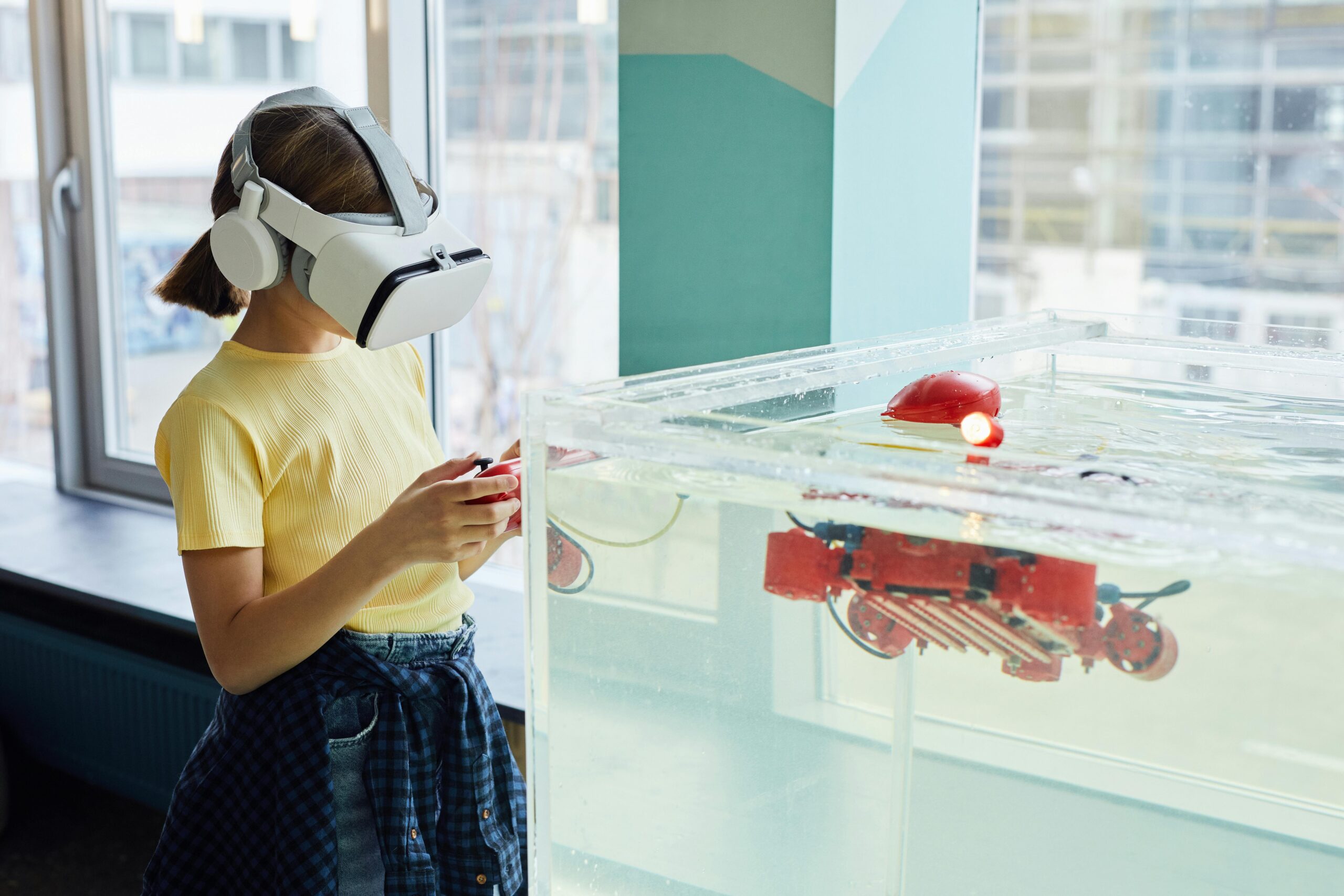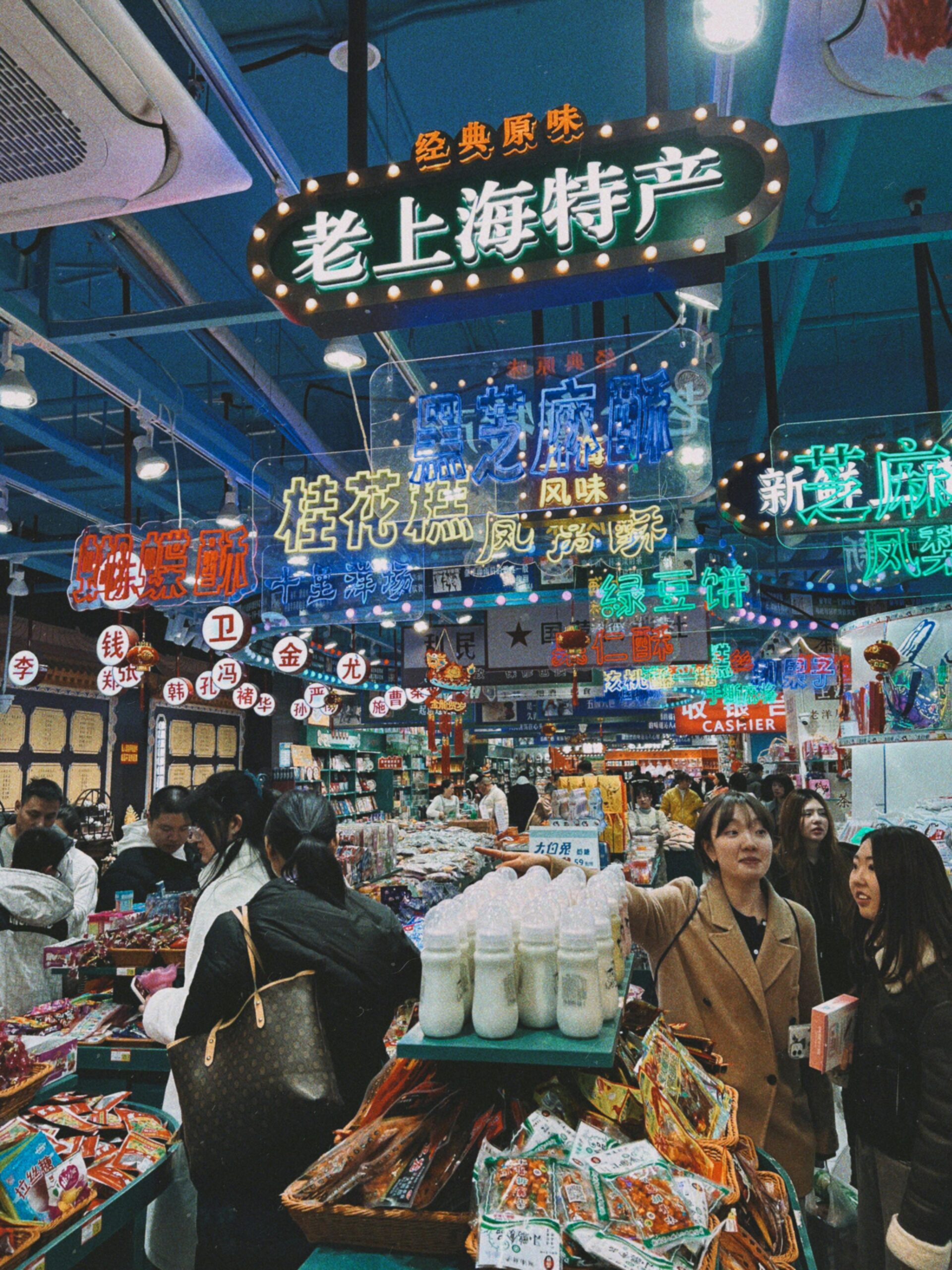Fashion shopping has evolved significantly over the past decade, with consumers having the option to shop online or in physical stores. Both approaches offer unique advantages and drawbacks. By 2025, understanding the pros and cons of online versus in-store shopping is essential for consumers and brands alike to make informed choices.
1. Online Fashion Shopping
Online fashion shopping refers to purchasing clothes, accessories, and footwear through e-commerce websites or mobile apps. Platforms like ASOS, Zara, Amazon, and Farfetch dominate the online retail landscape.
1.1 Advantages of Online Fashion Shopping
1.1.1 Convenience and Accessibility
-
Shop anytime and anywhere without the need to travel.
-
Perfect for busy schedules and those living far from physical stores.
1.1.2 Wider Selection
-
Access to global brands and niche products unavailable locally.
-
Greater variety in sizes, colors, and styles.
1.1.3 Price Comparisons and Deals
-
Easily compare prices across multiple platforms.
-
Access to exclusive online discounts, flash sales, and coupon codes.
1.1.4 Personalized Recommendations
-
AI algorithms provide product suggestions based on browsing history and preferences.
1.1.5 Contactless Shopping
-
Particularly appealing in times of health concerns or pandemics.
1.2 Disadvantages of Online Fashion Shopping
1.2.1 Fit and Sizing Issues
-
Lack of ability to try clothes on can lead to incorrect sizing.
1.2.2 Shipping and Delivery
-
Delays, shipping fees, and return hassles may affect the shopping experience.
1.2.3 Limited Sensory Experience
-
Cannot feel fabrics or see colors accurately, potentially leading to dissatisfaction.
1.2.4 Overwhelming Choices
-
Large product catalogs may cause decision fatigue for some shoppers.
Graph: Pros and Cons of Online Fashion Shopping
| Pros | Cons |
|---|---|
| Convenience & Accessibility | Fit & Sizing Issues |
| Wider Selection | Shipping & Delivery Challenges |
| Price Comparisons & Deals | Limited Sensory Experience |
| Personalized Recommendations | Overwhelming Choices |
| Contactless Shopping | Returns Complexity |
2. In-Store Fashion Shopping
In-store shopping involves physically visiting retail outlets to browse and purchase products. Despite the rise of e-commerce, brick-and-mortar stores remain relevant due to the experiential nature of shopping.
2.1 Advantages of In-Store Fashion Shopping
2.1.1 Immediate Gratification
-
Purchase and take items home immediately, avoiding waiting periods.
2.1.2 Try Before You Buy
-
Ability to try clothes for fit, comfort, and style, reducing the likelihood of returns.
2.1.3 Sensory Experience
-
Feel fabrics, check colors, and assess product quality firsthand.
2.1.4 Personalized Assistance
-
In-store staff provide styling advice and recommendations.
2.1.5 Social and Experiential Value
-
Shopping trips can be social events or leisure activities, enhancing enjoyment.
2.2 Disadvantages of In-Store Fashion Shopping
2.2.1 Time-Consuming
-
Requires travel and effort, which may be inconvenient for busy schedules.
2.2.2 Limited Stock and Variety
-
Physical stores may have fewer options and sizes compared to online platforms.
2.2.3 Higher Costs
-
Often higher prices due to overhead costs.
-
Sales and discounts may be less frequent than online promotions.
2.2.4 Geographical Limitations
-
Brands or specific products may not be available locally, limiting choices.
Graph: Pros and Cons of In-Store Fashion Shopping
| Pros | Cons |
|---|---|
| Immediate Gratification | Time-Consuming |
| Try Before You Buy | Limited Stock & Variety |
| Sensory Experience | Higher Costs |
| Personalized Assistance | Geographical Limitations |
| Social & Experiential Value | Less Frequent Discounts |
3. Comparing Online and In-Store Shopping
| Feature | Online Shopping | In-Store Shopping |
|---|---|---|
| Convenience | High | Moderate |
| Product Variety | Global Selection | Limited by Store Stock |
| Price | Often Lower | May Be Higher |
| Trying & Fitting Clothes | Not Possible | Possible |
| Sensory Experience | Limited | Full |
| Social Interaction | Minimal | High |
| Speed of Purchase | Moderate (delivery time) | Immediate |
| Personalization | High (AI recommendations) | Moderate (staff help) |
4. Emerging Trends in Fashion Shopping (2025)
4.1 Hybrid Shopping Experiences
-
“Click-and-Collect” services combine online convenience with in-store pickup.
4.2 Virtual Try-On Technologies
-
AR and VR solutions allow customers to try clothes virtually, bridging online and in-store experiences.
4.3 Social Commerce
-
Platforms like Instagram and TikTok enable direct shopping through social media, merging discovery and purchase.
4.4 AI-Powered Personalization
-
Personalized recommendations, size prediction tools, and dynamic pricing enhance online shopping experiences.
4.5 Sustainability Considerations
-
Consumers increasingly choose brands with eco-friendly practices, both online and offline.
Graph: Key Shopping Trends in Fashion (2025)
| Trend | Adoption Rate (%) |
|---|---|
| Hybrid Shopping Experiences | 30 |
| Virtual Try-On Technologies | 25 |
| Social Commerce | 20 |
| AI Personalization | 15 |
| Sustainable Fashion Choices | 10 |
Conclusion
Both online and in-store fashion shopping offer unique benefits and challenges.
-
Online shopping excels in convenience, variety, and personalization, making it ideal for busy consumers and global access.
-
In-store shopping provides a tactile, social, and immediate experience, making it perfect for trying products, personalized advice, and leisure activities.
By 2025, the future of fashion shopping lies in hybrid approaches, combining the best of both worlds: personalization, technology, convenience, and experiential engagement. Consumers now have the power to choose based on their preferences, needs, and lifestyle, making fashion shopping more flexible and enjoyable than ever.







Leave a Reply